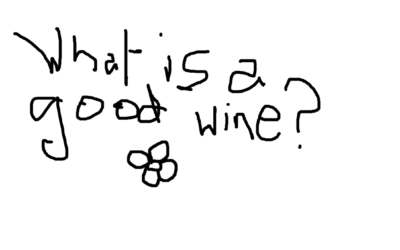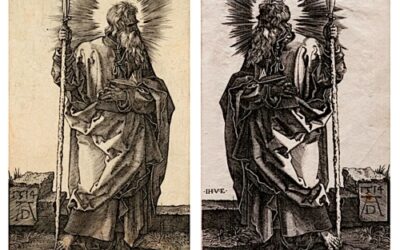It's All About the "Winemaker" Again
Trends come and go and come again. I remember my earliest days discovering fine wine, pedalling a bike by the clays and sands of Pomerol, or eyeing the Günzian gravel of Pauillac. Touring various châteaux, our hosts credited these soils with providing complexity and density and a (frustrating) propensity towards the astronomical prices of Bordeaux’s sub-appellations. Walking us through tiled rooms filled with stainless steel fermentation vats, they would gloss over the vinification process: Immaculate grapes were harvested with care, crushed and de-stemmed with care, fermented with care, pressed with care, the new wines raised in oak with care. All this concern, the host would say, would help the wines express the ineffable terroir of their châteaux, especially after 20 or 30 years. Most of my clients were satisfied; they had been explained to the natural magic of making wine, and soon they would sample a prestigious glass, maybe even among the neat rows of new barrels.
For such a simple process, by which sacred grapes became profanely expensive bottles, the cellars seemed to contain a lot of extra equipment. White plastic bags with caustic warnings lined shelves in a designated lab. A contraption, a host admitted, was a reverse-osmosis machine used to take water out of wine, thereby concentrating the remaining brew. Terroirs, even vaunted terroirs, apparently needed trained chemists and engineers to really express their best selves. These oenologists made the wines.
It was 2007, and wineries in Bordeaux and around the world were trying to flatter the palate of wine-critic Robert Parker. If he liked a winery’s iteration of “bold and powerful,” his resulting score would ensure it a small fortune. More than a handful enlisted “flying winemaker,” Michel Rolland, who reliably made high-ranking, Parker-pandering wines everywhere from California to India to Australia.
Somewhat, but not solely, in protest to Parker’s influence, some winemakers started seeking the purity of place and variety by trying to do little more than harvesting the grapes. “My grapes could become wine by themselves,” went this line of thinking, “if only I let them.” This simplified statement could characterize the febrile “natural wine” movement of the second decade of the 21st century; “Know when to do nothing,” could summarize the education needed to make natural wine. Many curious theses were “vinified” as winemakers tried to understand this statement.
A few vintners even learned it. Czech vintners had to!
With few exceptions, Czechs are not blessed with monumental terroirs. But an increasing number of the makers are letting their soils express themselves. Letting the soils express themselves, not fabricating an expression from them, is the high art of the winemaker. What follows is the example of one such person.
Earlier in his career, Milan Nestarec, the bashful vintner who is the brash persona of Czech authentic wine, let the grapes do what they wanted in contexts of skin contact, containers, etc… He let nature be nature and had the luck to be feted for curious bottlings and Sauvignon Blancs that turned brown in the glass.
Only the glass of a few bottles is brown now. In his top range (White Label) the wines exhibit a purity of fruit and a clarity of place–the loess, clays, and sands of Southern Moravia–no less and, as importantly, no more. How?
Through his experimentation, he learned the limits of what grapes can do by themselves, and where he can help. How did the grapes react to the weather this year? What are the quality of the grape skins at harvest? When does one harvest? How do certain terroirs affect fermentation? How can one help the new wine express itself, as itself? When does one bottle? Nestarec has learned to ask dozens of questions like these, and his answers are thinning leaves and co-planting vines with trees and moving barrels, not chemical additives. He has, and will always be, learning how the grapes of his soils express themselves best; he simply gives them an optimum environment in which to achieve this goal.
Nestarec succeeds because of all his little decisions. So great winemaking has come full circle: It’s really about the winemaker again, yes? Wrong, Nestarec succeeds because he allows the grapes be themselves in the place in which they are planted. There is another name for such a person who makes wines, but that is another post.


0 Comments